From adversity, there often can come great art…
First coming into public view as the front woman of LINEA ASPERA, Alison Lewis returns as ZANIAS with ‘Ecdysis’, the follow-up to 2023’s acclaimed album ‘Chrysalis’. Something of a rebirth, whereas ‘Chrysalis’ gathered a body of dark brooding songs documenting moments of extreme psychological pain, ‘Ecdysis’ was inspired by the increased acuity for the beauty in her surroundings that were also triggered.
“Ecdysis” is defined as the act of shedding an outer cuticular layer and through the experience of her traumas, Alison Lewis has emerged from her former self with the sound of things that make her feel ok when things aren’t ok…
Immersing herself in the Australian rainforest alone at night with the vibrations of diverse and ancient life, her mindset drifted into a rediscovery of what joy is. ‘Ecdysis’ does away with language and song structures in favour of something more alien and sensual with the end result being an electronically-derived soundscape influenced by DEAD CAN DANCE and FEVER RAY.
Self-describing ‘Ecdysis’ as “The sound of a guardian angel” during a deeply healing process, Alison Lewis spoke to ELECTRICITYCLUB.CO.UK about its genesis, as well as her concerns for wider issues affecting the world…
Now you have had some distance, how do you look back on the making of ‘Chrysalis’ and that period?
It was difficult but I learned and grew so much, so there’s a touch of nostalgia there. The pandemic lockdowns weren’t quite over yet, so I had a stretch of time ahead of me that felt very free and open. I also had a bit more positivity about what the world might be like when the pandemic was ‘over’. I miss that.
The years since the lockdowns ended have felt too intense and hectic, and watching all my friends burn out one after the other isn’t pleasant. And the pandemic didn’t even end as we’d hoped. Instead we continue to sicken and our governments have chosen a war-hungry path in which any facade of ‘caring’ about us is all but dissolved. Our world is so horrifyingly dysfunctional and we need to start doing something about that.
Which was the key track for you from ‘Chrysalis’?
I really can’t choose just one. The whole requires every piece to function in the way I intended, and no single track can carry the entire weight of what it meant to me.
Were the shows that came in the lead up to the release of ‘Chrysalis’ and after helping to get things out of your system?
Every performance was a little catharsis, yes. I was also relieved that the tracks didn’t lose their power over time, and some even gained more. When a track is fresh, I need to focus on remembering it, but after a dozen or so shows it’s committed to muscle memory so deeply that I have to make the performance a little wilder in order to keep myself focused and entertained. This tends to always lead to better results.
Has having Laura Bailey as a band mate made things more enjoyable for you on the road?
Having Laura a part of the band has increased my enjoyment exponentially. I wouldn’t keep doing this alone, there’s almost no reward stepping off stage without someone there who shared it with you, and having to worry about too many things makes it impossible to let go and really allow the music to speak its full verse.
In what ways is ‘Ecdysis’ a companion record to ‘Chrysalis’?
I call it music from the same planet, just slightly different dimensions. I made them with many of the same plugins and techniques, just took ‘Ecdysis’ a little further beyond the usual sound structures. I was producing so much music at the time, I wasn’t sure if it would be one long album or two, and then the tracks naturally divided themselves into two camps: the songs with words and the more abstract pieces with no words.
On ‘Ecdysis’, you do away with conventional song lyrics although the album is not instrumental, how did idea come to use glossolalia about?
Glossolalia is not new for me and has been a natural part of my singing style for as long as I’ve been a singer. Discovering Lisa Gerrard in my teenage years just gave me the confidence to actually practice it, and I used it on one of the earliest demos I ever recorded at age 15. The tracks on ‘Ecsysis’ just didn’t call for lyrics, and by remaining wordless they can convey feelings that defy language.
I’m often frustrated by the limitations of language, the least of which is the fact that we don’t all speak the same one. And even when we do speak the same one, our ability to convey meaning is still subject to infinite subjectivities and misunderstandings. It’s very lonely when you really think about it, realising that no one will ever fully feel what you feel. Music, however, is a method of conveying meaning that remains efficient and accurate, and I think that’s the key to its importance to us. Sharing music allows us to share emotions in a way that can’t be misinterpreted, especially when words aren’t involved. Words are messy.
You’ve mentioned Lisa Gerrard as an influence on your music before, what has impressed you most about her?
Her inimitable voice that never fails to make me cry when I hear it live.
‘Earthborn’ sets the scene as the album opener and first single with a variety of operatic and processed vocals over a dramatic soundscape, what was its genesis?
I honestly can’t remember much about it. I was writing from a state of pretty rabid focus at the time. Experimenting with tonnes of samples, plugins, pitching my voice up and down and running it through loads of effects. I’d just sit down at my laptop every night and start something new and see what happened. I was working on about 20 tracks at once. There was no aim in any of it except to create something beautiful and dramatic to work through the potent emotions I was feeling at that time. I vaguely remember that I was thinking a lot about human evolution and prehistory, and I think ‘Earthborn’ was a bit of a soundtrack to how we arrived where we are today. Full of heavy emotion and conflict – hence the sounds of swords and ancient battles.
What techniques and tools were you using to manipulate and process your voice to produce the textures heard on the album? Was there something that was a particular creative revelation to you?
Ableton 11’s warp function that allows you to alter the formant of a sound as you pitch it up and down was a pretty huge part of the sound. I also used a bit of Soundtoys’ Little Alterboy but found the Ableton algorithm led to a really nice alteration to my voice that didn’t need much else. I also used the Ableton Grain Delay a lot, and its pitch function. I could create different characters this way. I also used a lot of another granular delay plugin called Portal. I’m really hooked on that now, and Portal abuse has definitely become part of my signature. I use it on everything.
The ‘Ecdysis’ title song has this wonderfully eerie quality yet is sparkles and is quite strident rhythmically, was it straightforward to get this juxtaposition of contrasting moods?
I really can’t say, these tracks come together in such a whirlwind and my process is always just one of “does this sound good to me? …How about this? …How about this?”. I’m not aiming for anything, and a track is just done when I decide there’s no more I can think of to make it sound ‘better’.
How are you finding the current climate as an independent artist and label manager, what with also the “who shouts loudest” attitude that is very prevalent on social media now?
It’s becoming a bit impossible. I’m not really sure how long I can keep doing this because the demands are so high. We can’t make enough money from touring to justify the extreme toll it takes on us physically, and Bandcamp sales are sliding ever downwards so making money off the music is only getting harder too. We’re entering a stage of capitalism that is just so completely useless that it’s also becoming hard to justify putting so much energy into existing this way at all.
Musicians aren’t the only ones having their labour exploited: literally everyone is. No one is doing ok anymore, not even those completely saturated with privilege who are creating the problem. I think the main issue is that they so often misinterpret their dissatisfaction to mean they don’t have enough, when in fact it’s due to having too much. I’m no billionaire but I still say that as someone with immense privilege for which I am very grateful, yet I’ve still noticed that it doesn’t actually feel good when so many others don’t have it. Humans aren’t built to live in societies that are so highly stratified. We are most comfortable when those around us are ‘in the same boat’.
So we’re in a situation now where those at the top are miserable and desperately digging our grave deeper as though that’ll heal their pain, and those at the bottom are left too exhausted to resist and are even more susceptible to misinformation because stress decreases activity in our pre-frontal cortex, which is the area of our brains responsible for critical thinking. It’s a recipe for imminent disaster if we don’t take action soon, and those of us with any shred of energy left are the ones who need to start taking responsibility. If you can afford to look away, you’re probably in a position to help the most.
We should all be mobilising to take back our power because way too much is at stake. Music is still vitally important of course as a fibre of social connection and a purveyor of hope, but I don’t think anyone’s job is more important than revolution at this point. I’m sick of watching livestreamed genocide and I’m sick of feeling like our planet is dying and no one cares. A better future is 100% possible if we make it happen.
ELECTRICITYCLUB.CO.UK gives its warmest thanks to Alison Lewis
Additional thanks to Dan Volohov at Discipline PR
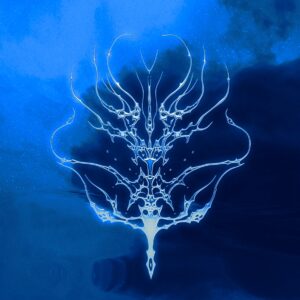 ‘Ecdysis’ is released on 16 February 2024 via Fleisch Records (worldwide) and Metropolis Records (North America), available in limited edition blue / white coloured vinyl LP variations, CD and digital formats from https://zanias.bandcamp.com/album/ecdysis
‘Ecdysis’ is released on 16 February 2024 via Fleisch Records (worldwide) and Metropolis Records (North America), available in limited edition blue / white coloured vinyl LP variations, CD and digital formats from https://zanias.bandcamp.com/album/ecdysis
https://www.facebook.com/zoe.zanias/
https://www.instagram.com/zoe_zanias/
https://www.patreon.com/zanias
Text and Interview by Chi Ming Lai
3 February 2024

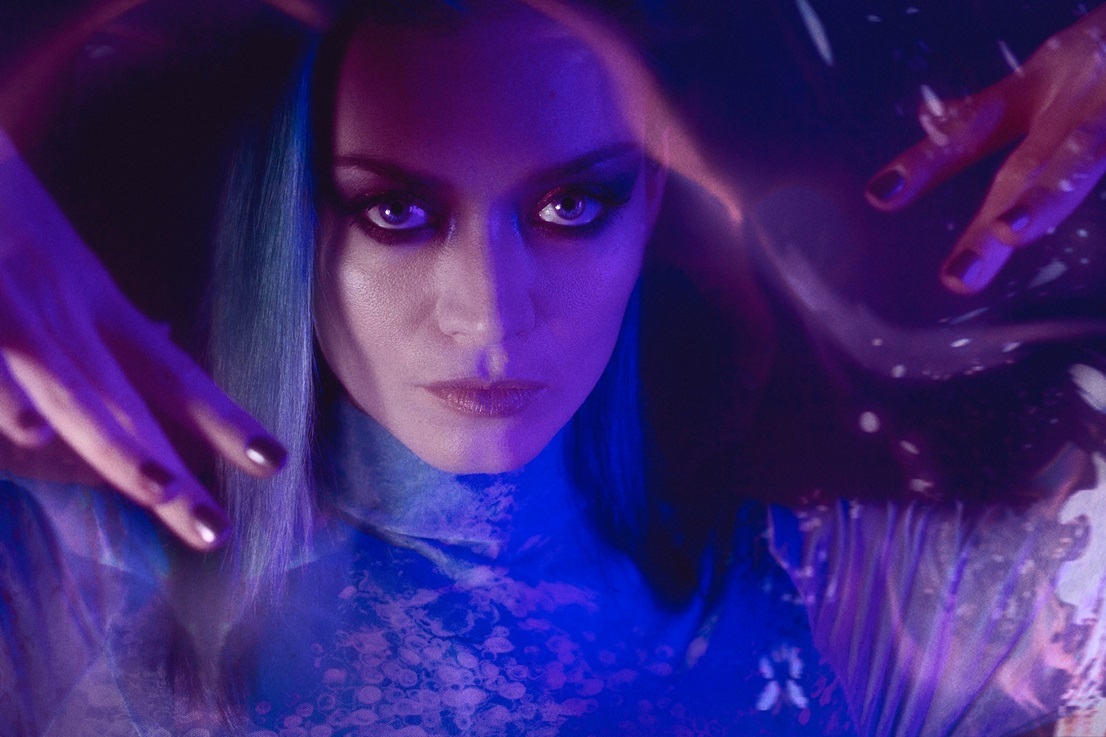

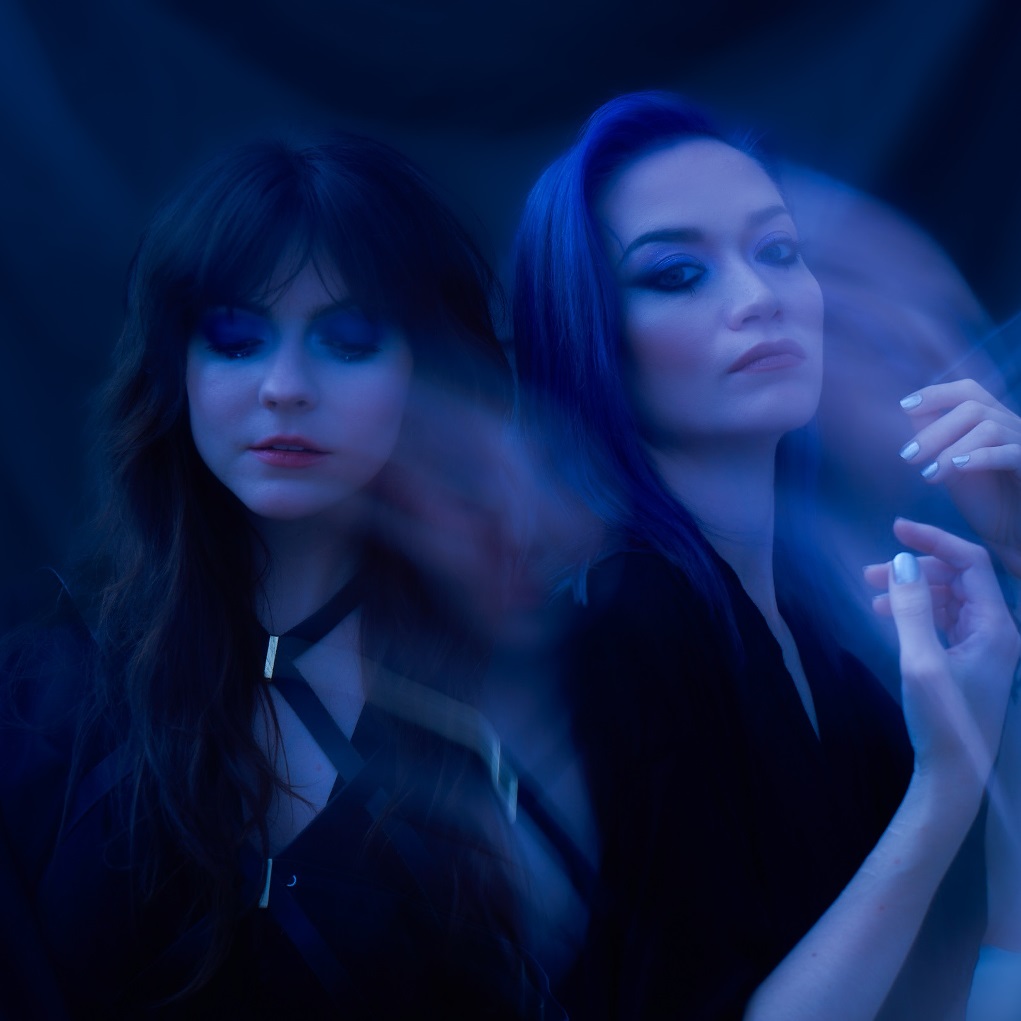
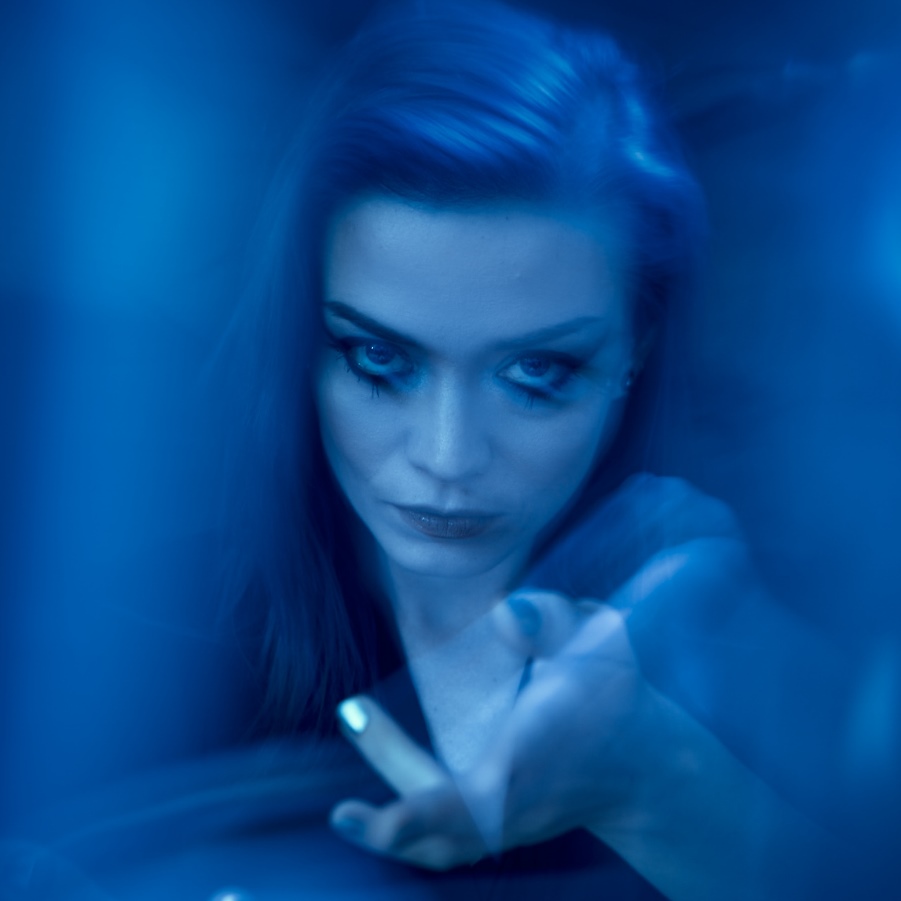
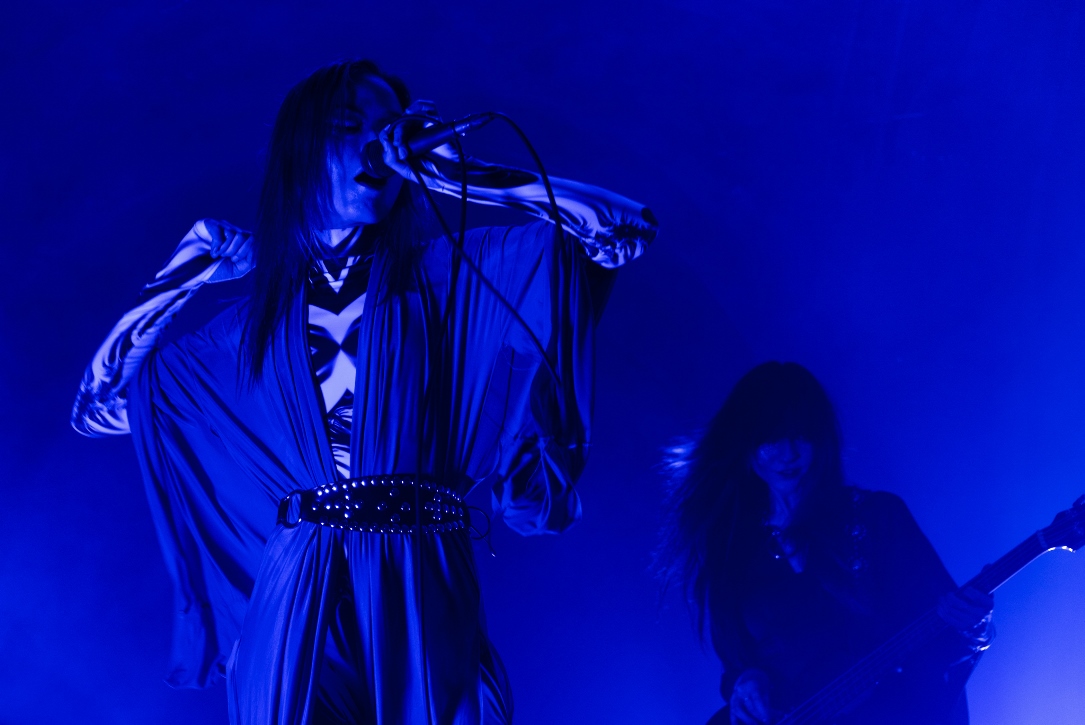
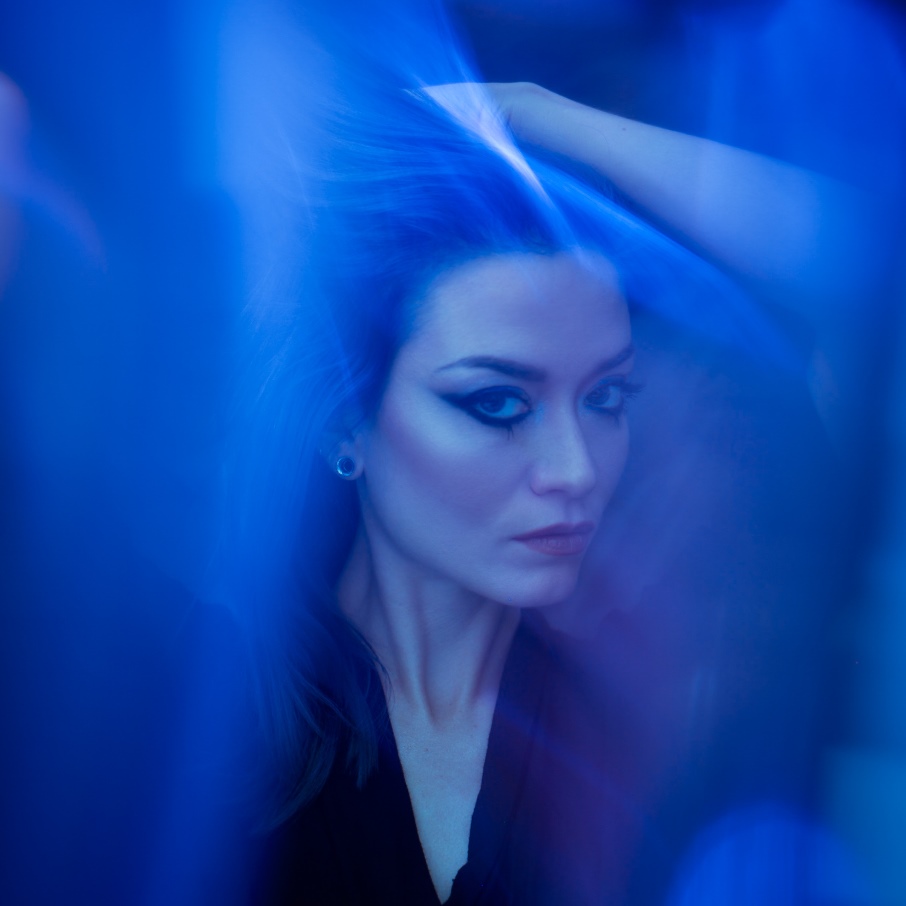

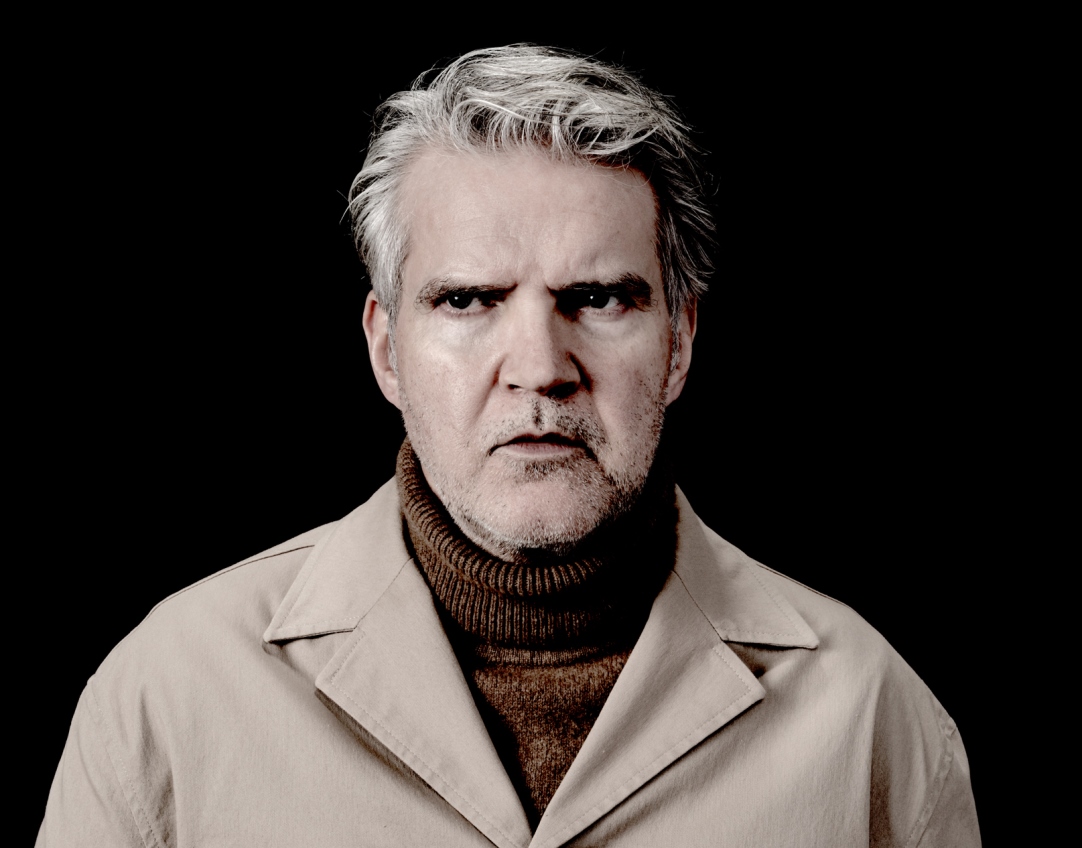
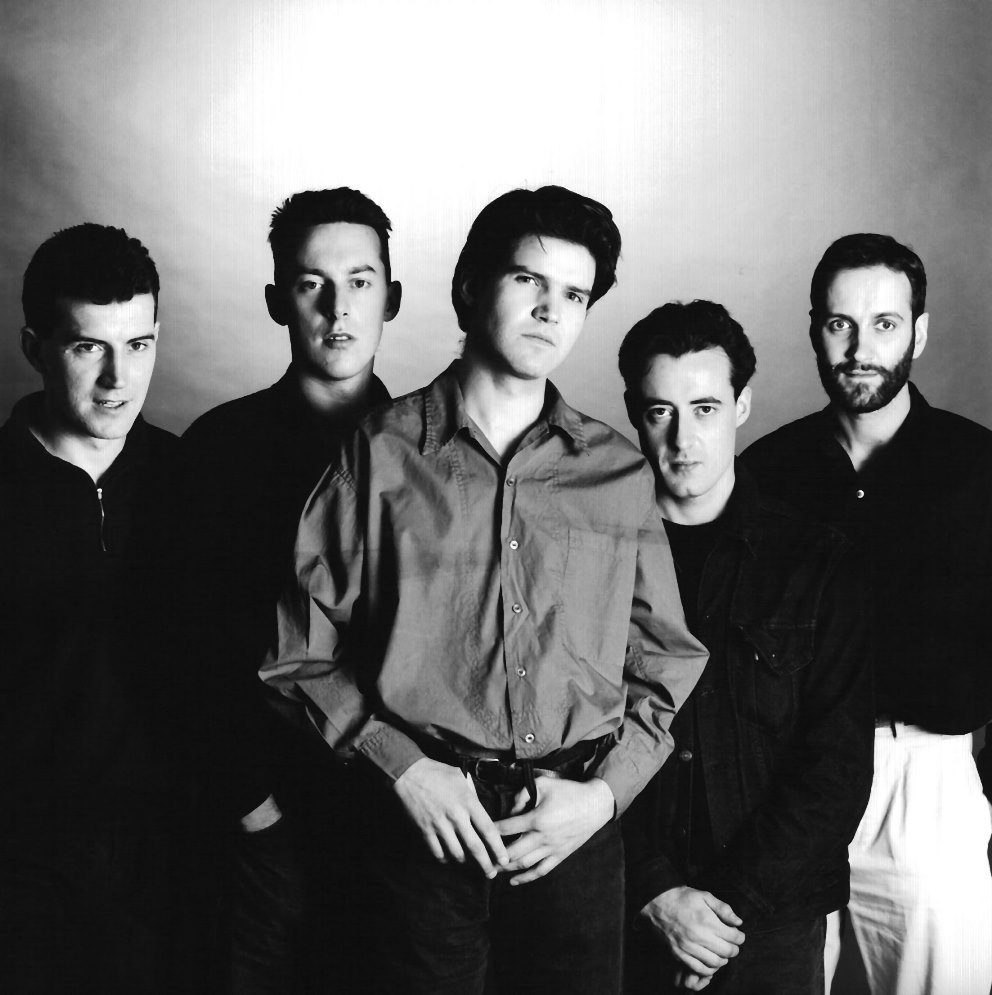
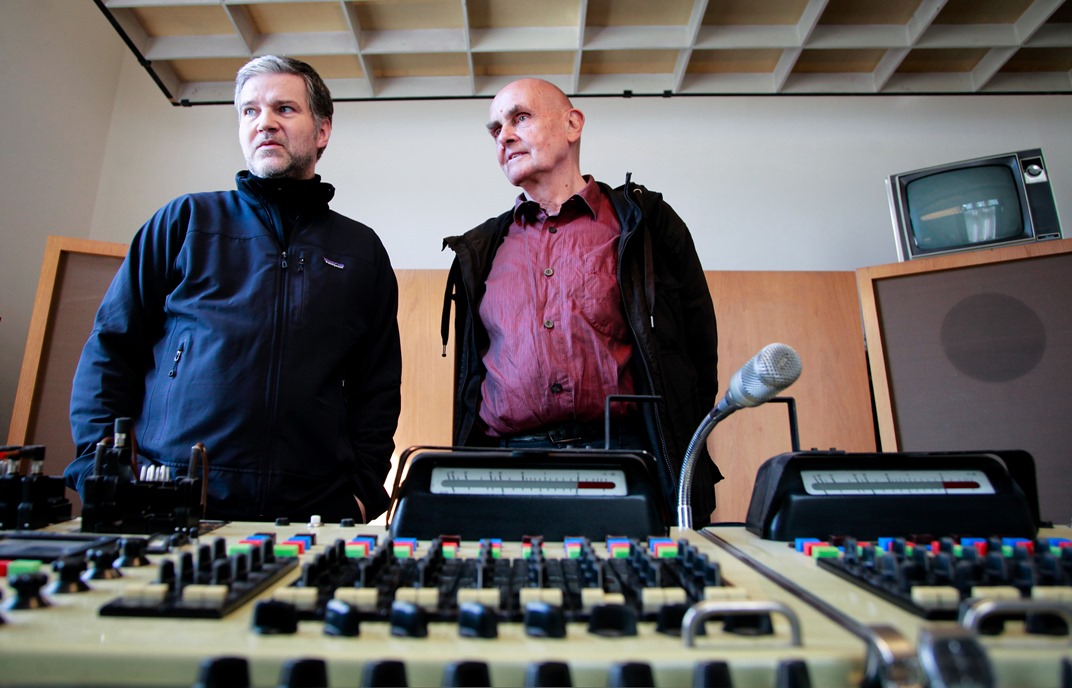
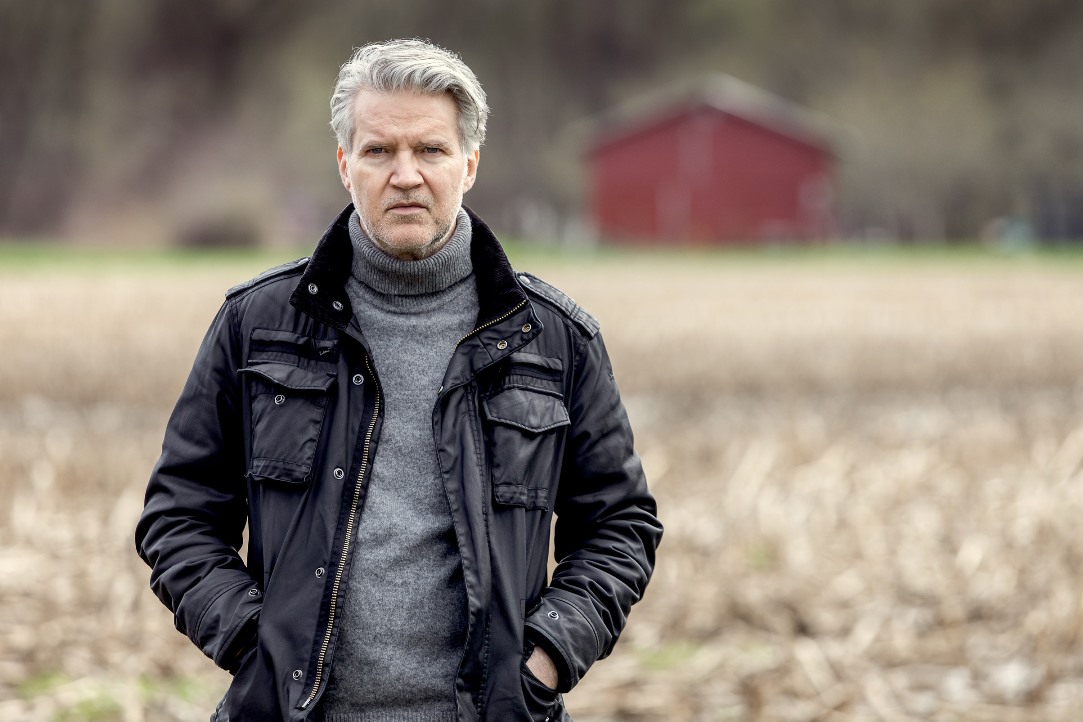
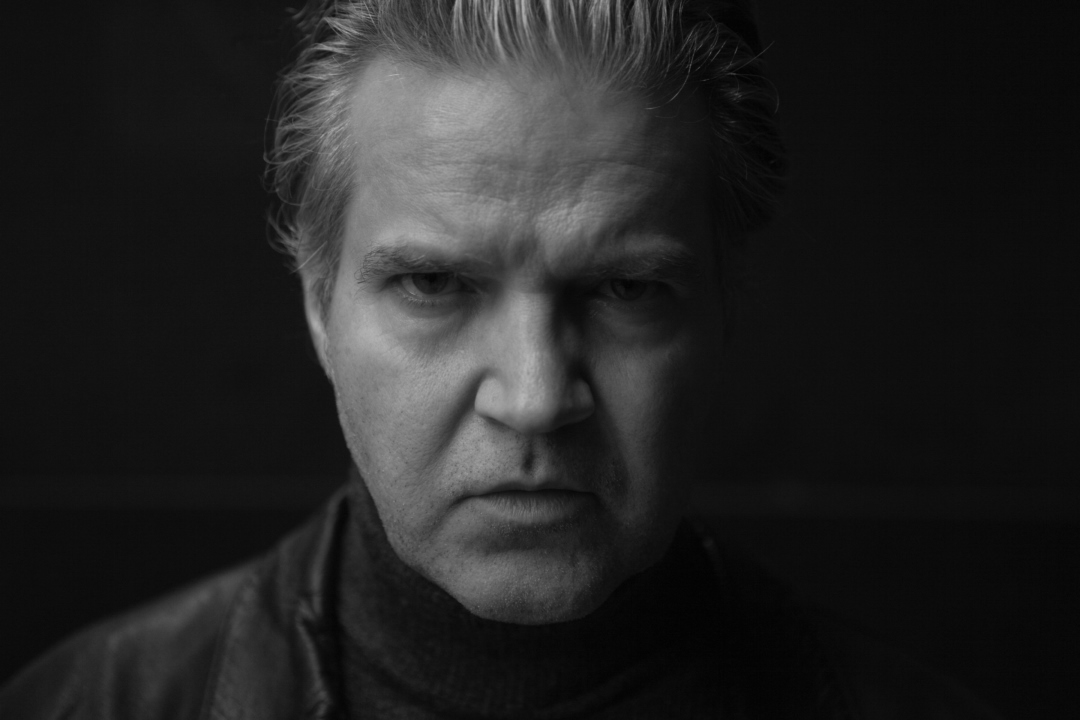
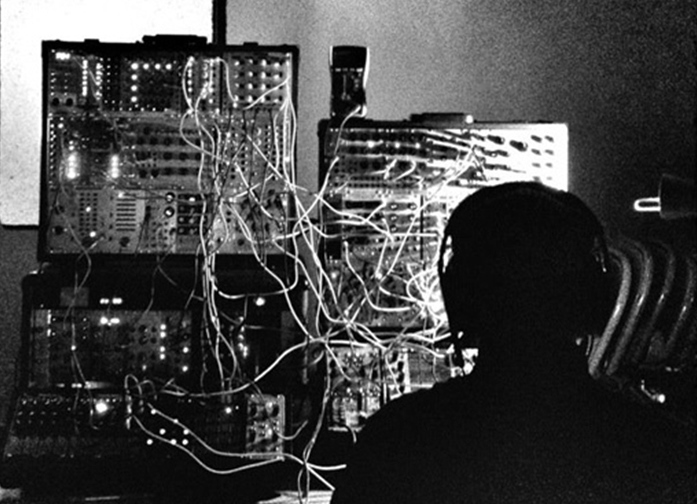
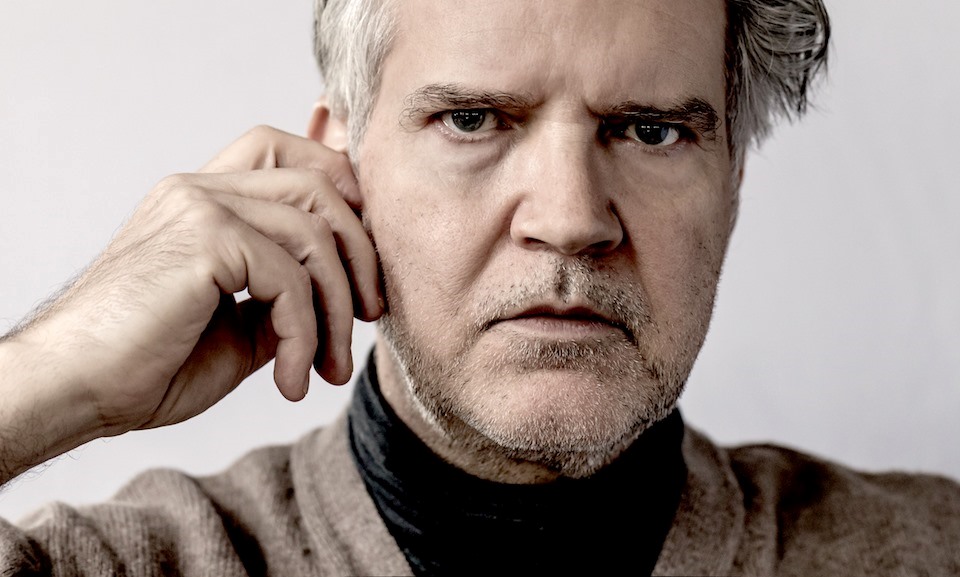
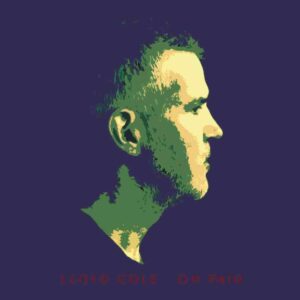
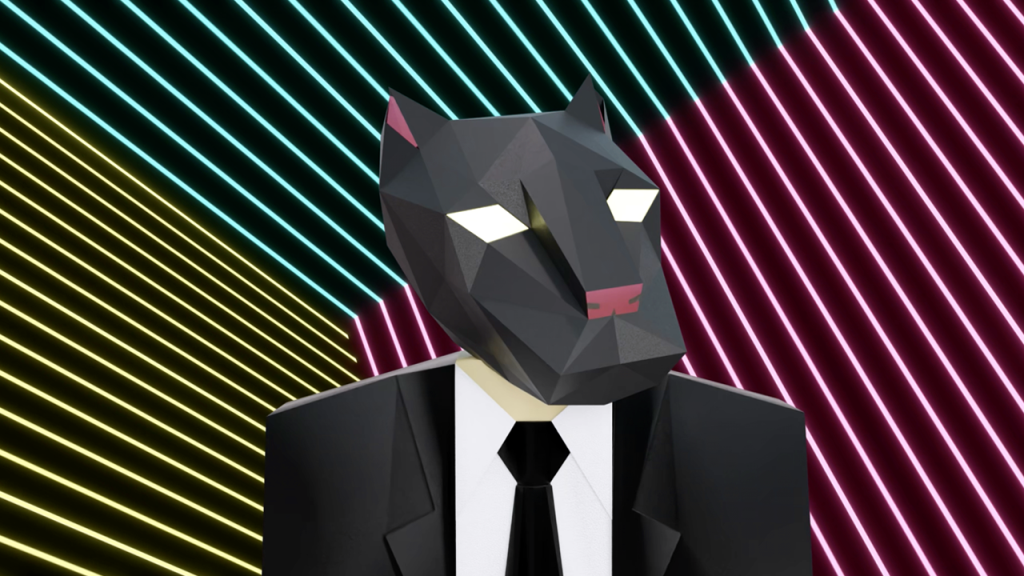
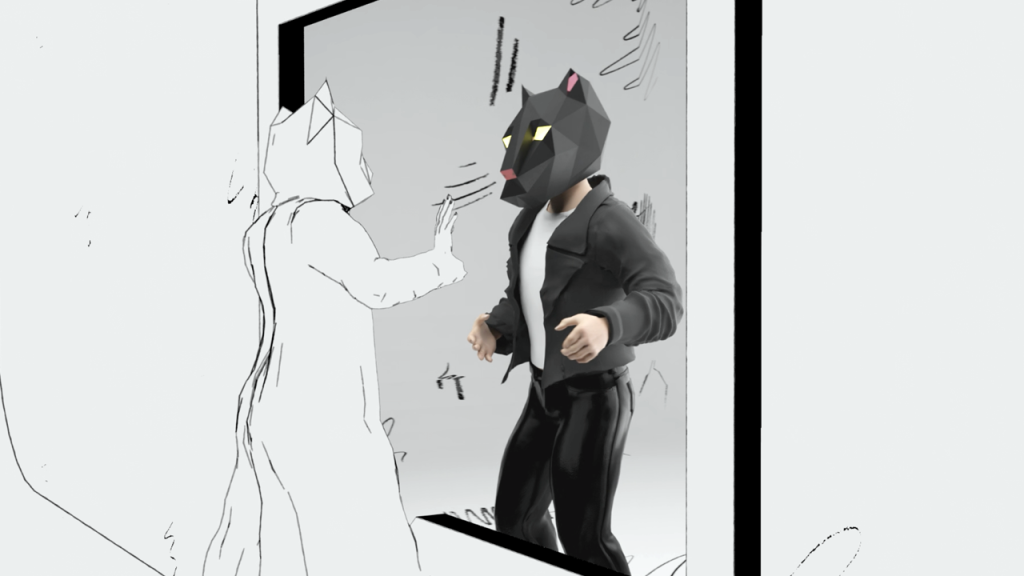
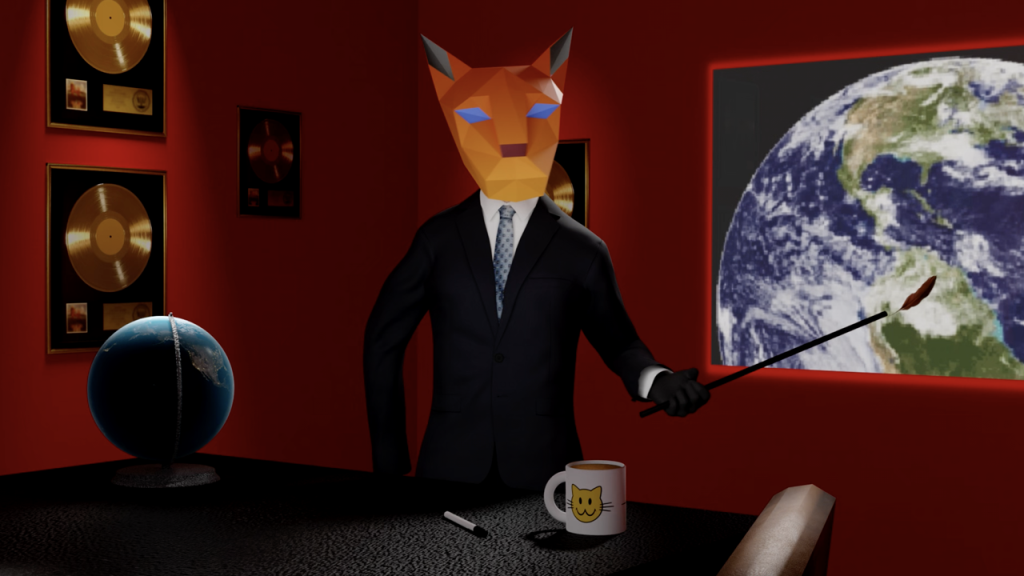
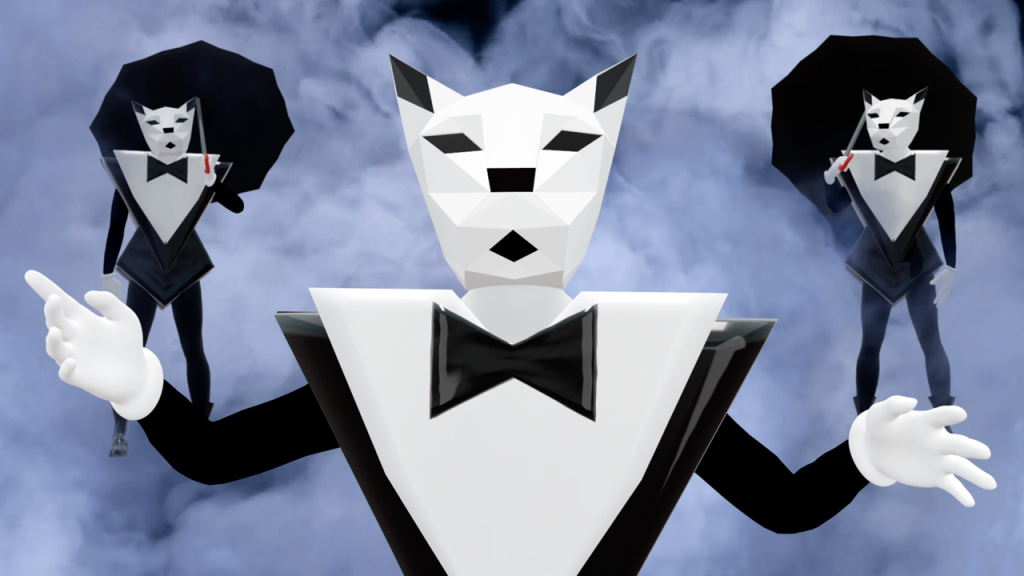
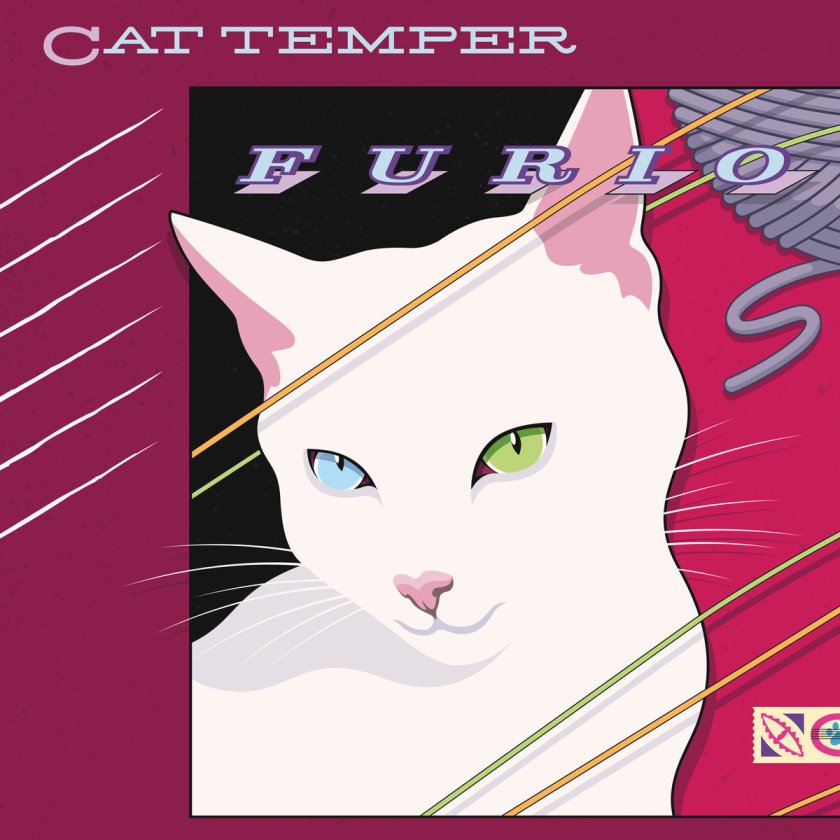
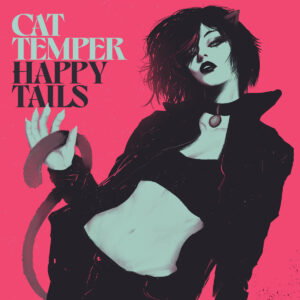
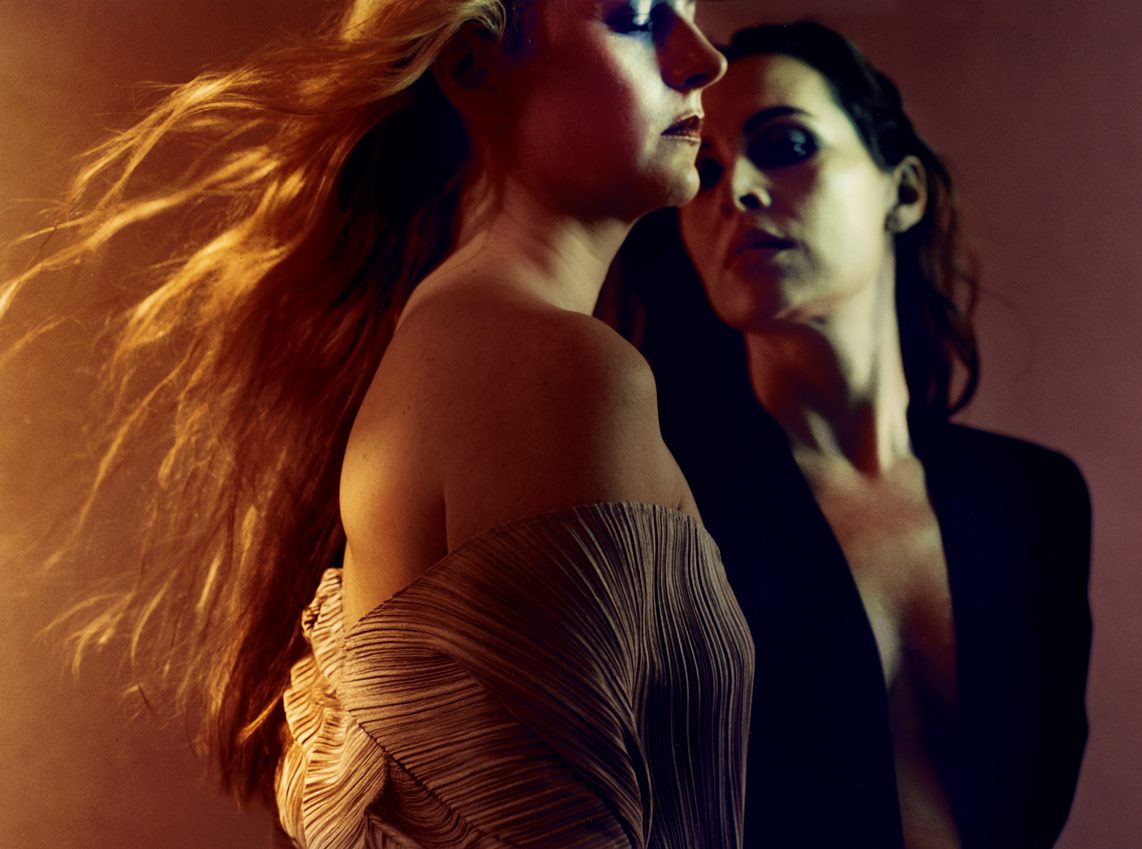
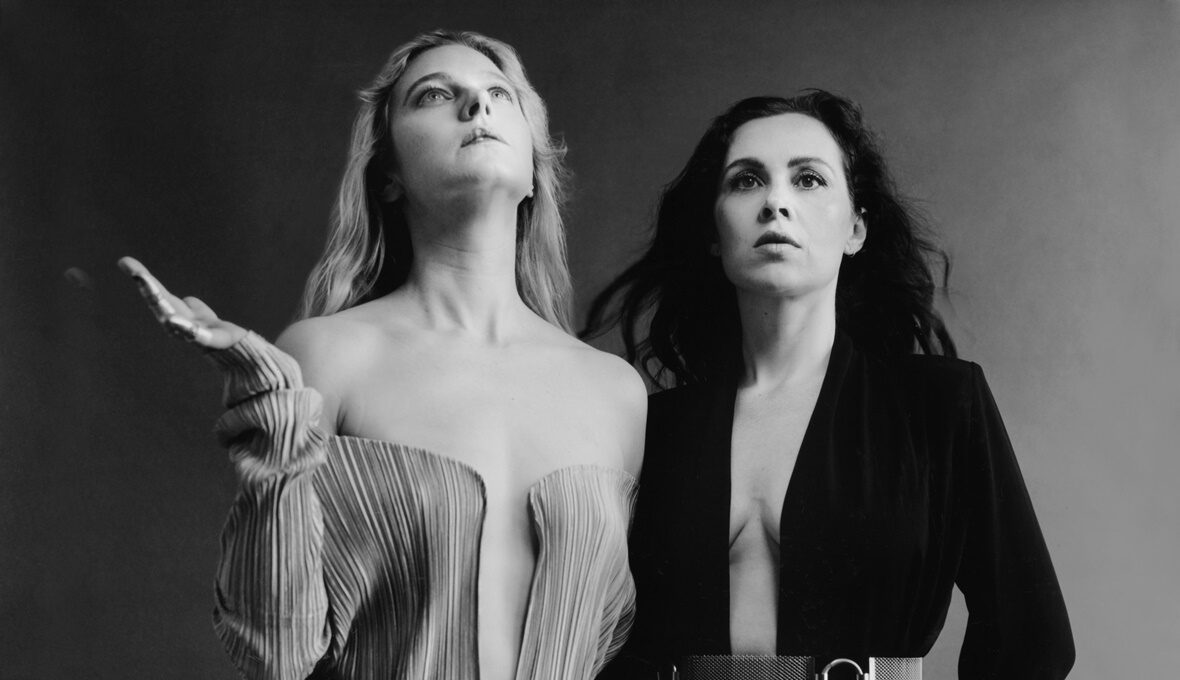
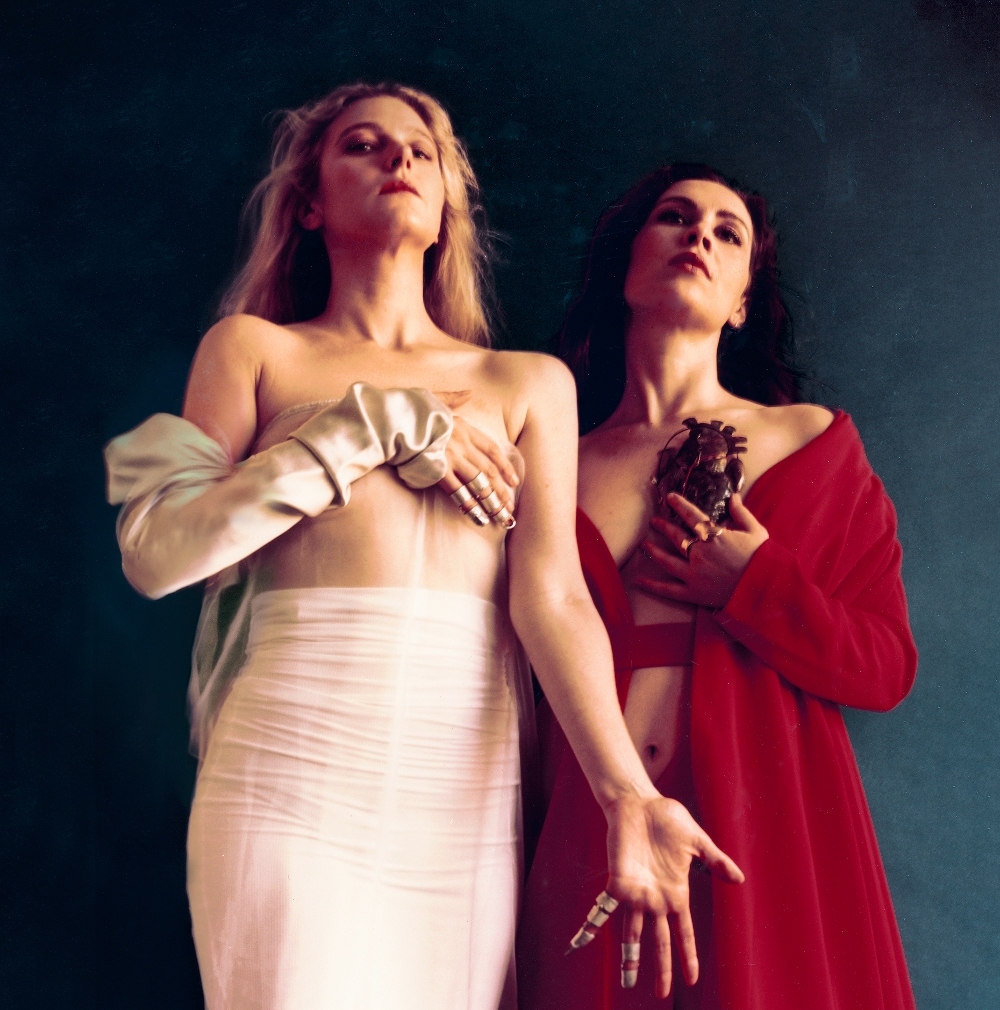

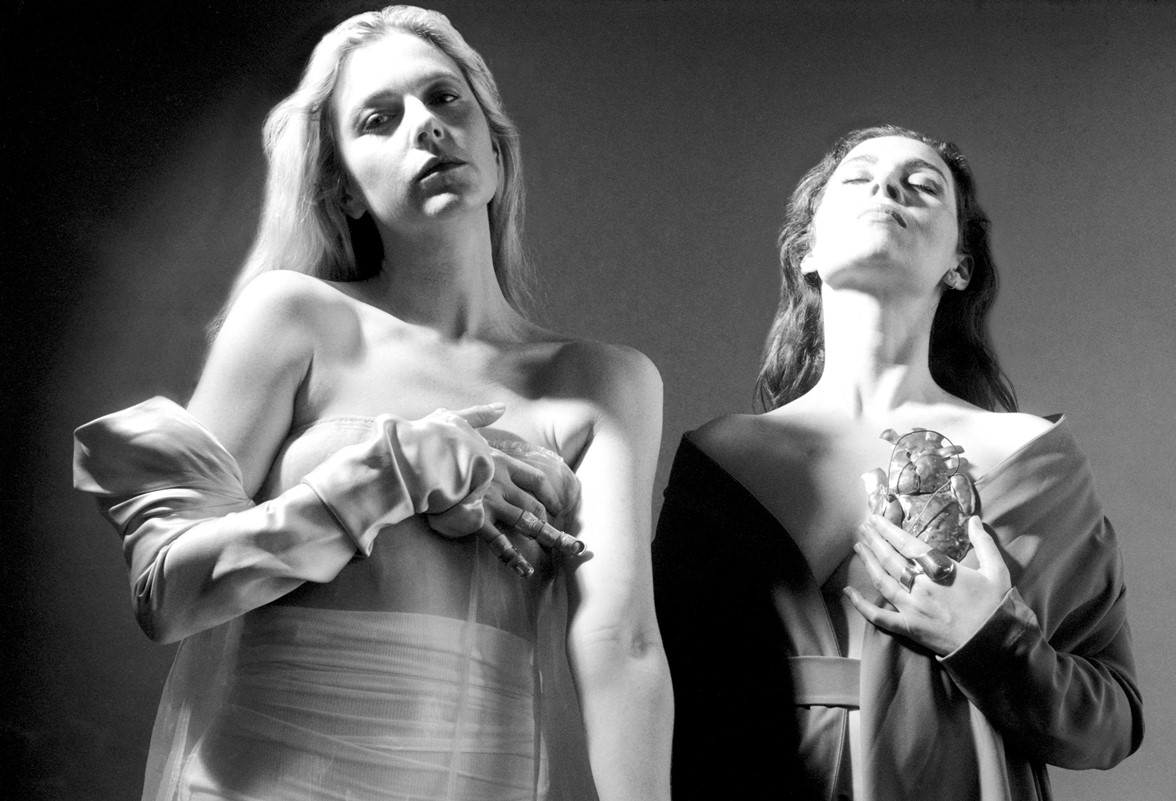
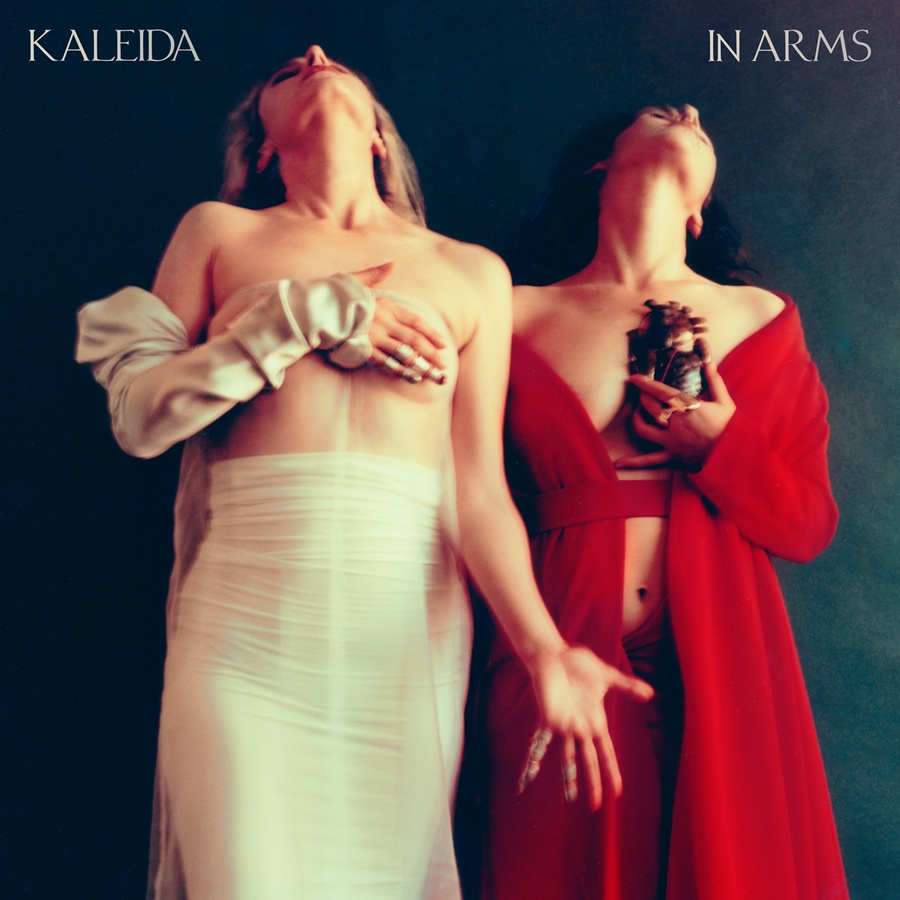
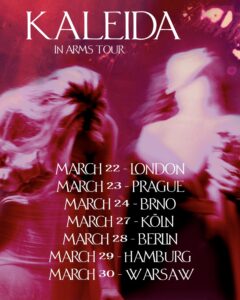
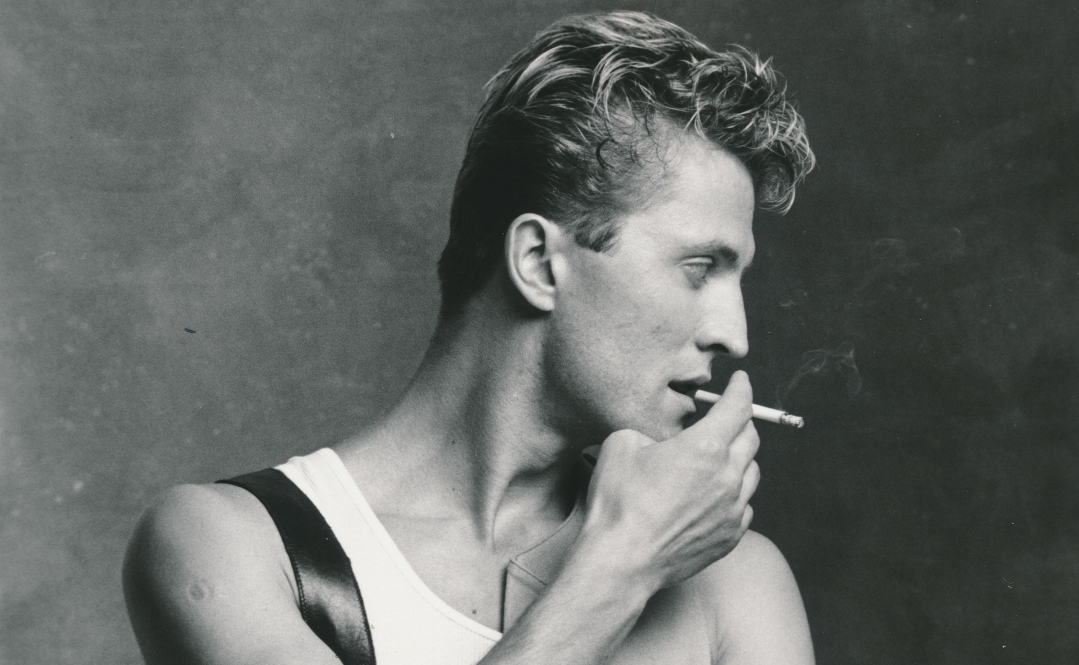


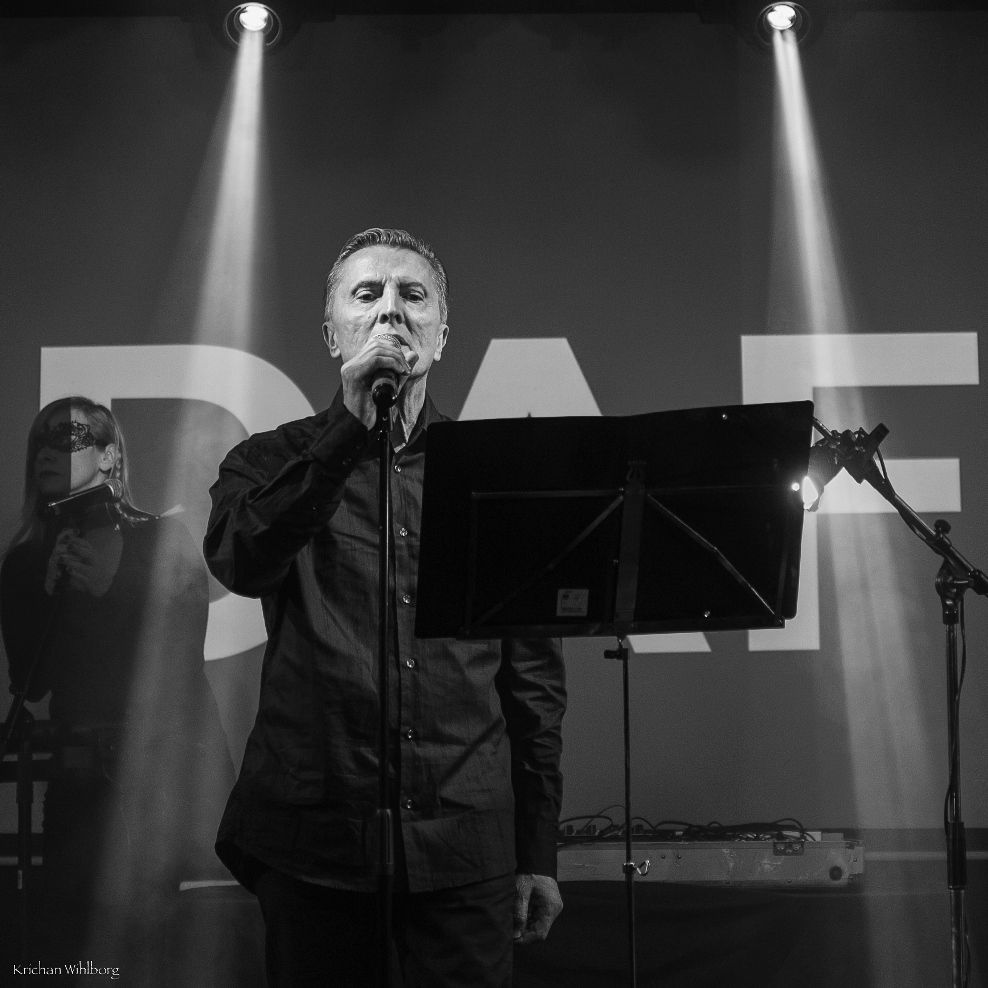
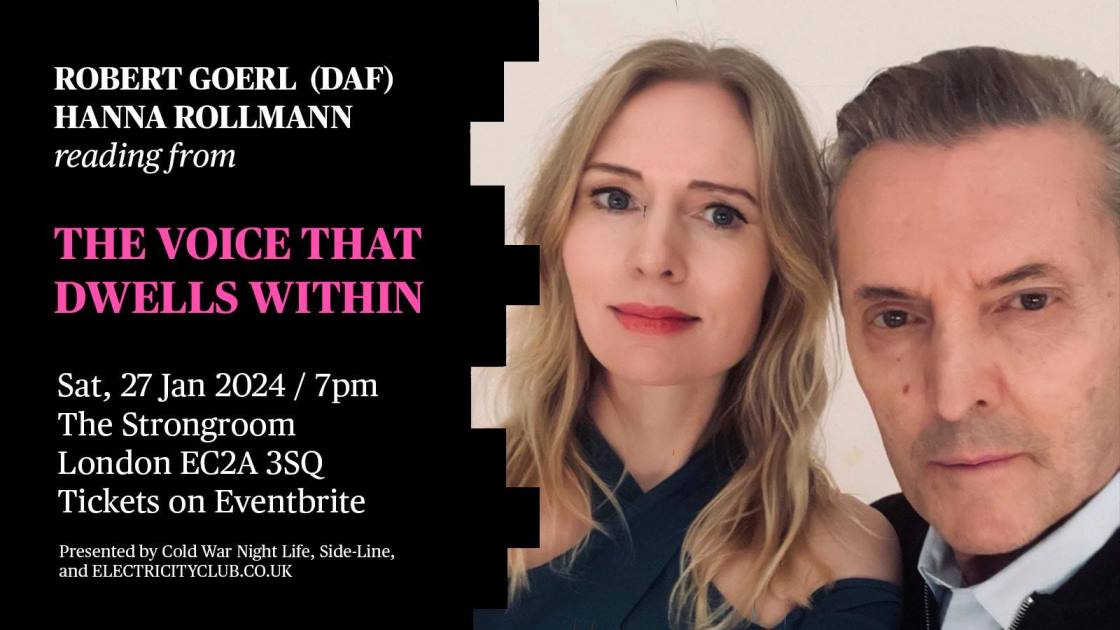
Follow Us!